1. Dolphins and Whales Can Only Taste Salt
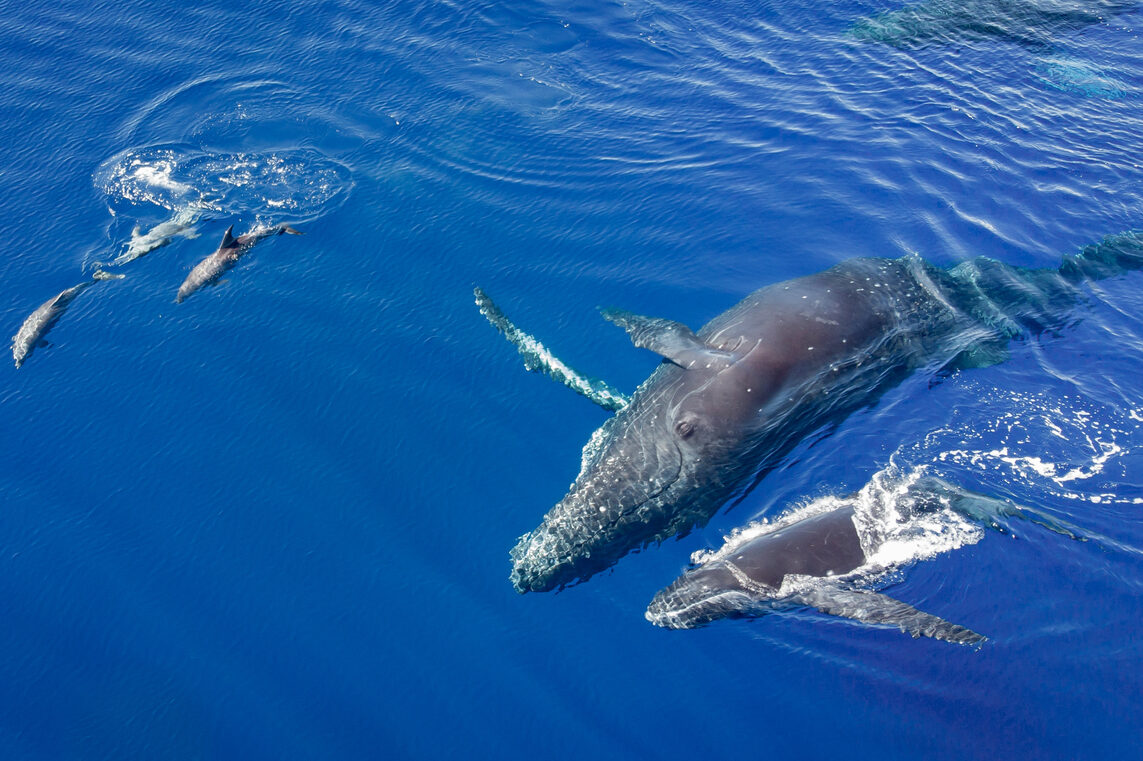
Imagine biting into a juicy fruit or a rich piece of chocolate and tasting… nothing. That’s the reality for dolphins and whales, whose sense of taste is shockingly limited. Unlike most mammals, which have taste receptors for sweetness, bitterness, sourness, and umami, these marine creatures only retain the ability to taste salt. Scientists believe this is because they swallow their food whole, making complex taste perception unnecessary. Since their prey is always fresh, they don’t need to distinguish between good and bad food like land mammals do.
But this raises another question—why keep salt? The likely reason is that their ocean environment is naturally salty, and their bodies need a way to regulate salt intake. While they don’t consciously enjoy the taste, their ability to detect salt could help with hydration balance in their bodies. Their taste buds aren’t completely useless, but they certainly don’t experience the joy of a delicious meal the way we do.
2. Cats Are Completely Indifferent to Sweets
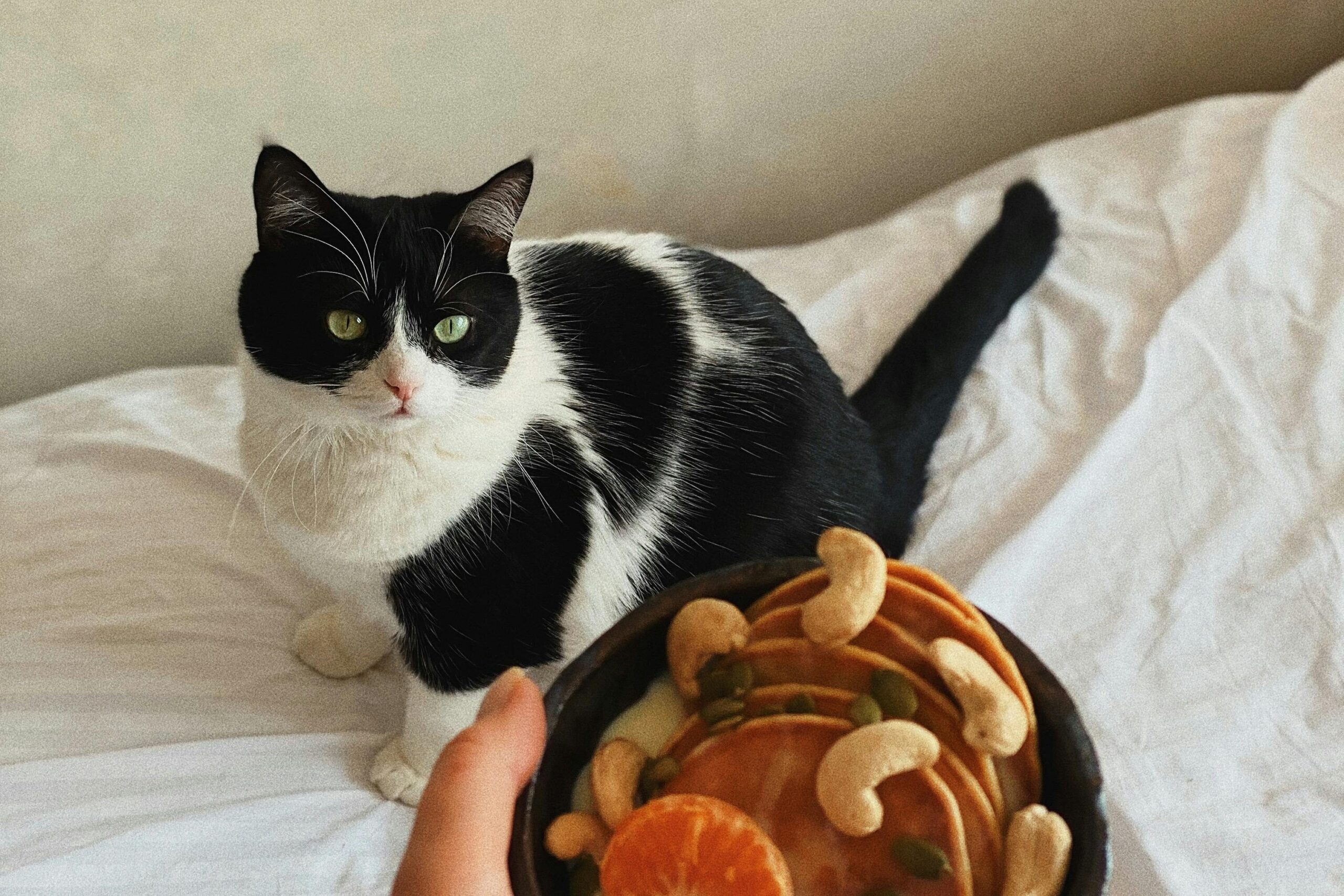
If you’ve ever tried to offer a cat a piece of fruit or a sugary treat, you’ve probably noticed their complete lack of interest. That’s because felines, from house cats to lions, are genetically incapable of tasting sweetness. Unlike humans, whose taste receptors are designed to detect sugar for energy, cats are strict carnivores. Their diet consists entirely of meat, which contains little to no natural sugar. Over time, evolution decided their sweet receptors were unnecessary, and now they simply don’t have them.
This also means that, unlike dogs, cats won’t beg for a bite of your dessert. While they can detect bitterness and umami flavors (which help them avoid toxic foods and appreciate meaty flavors), the idea of something being “sweet” is completely foreign to them. So, if your cat ignores your ice cream, don’t take it personally—they just have no idea what they’re missing.
3. Snakes “Taste” the Air Instead of Food
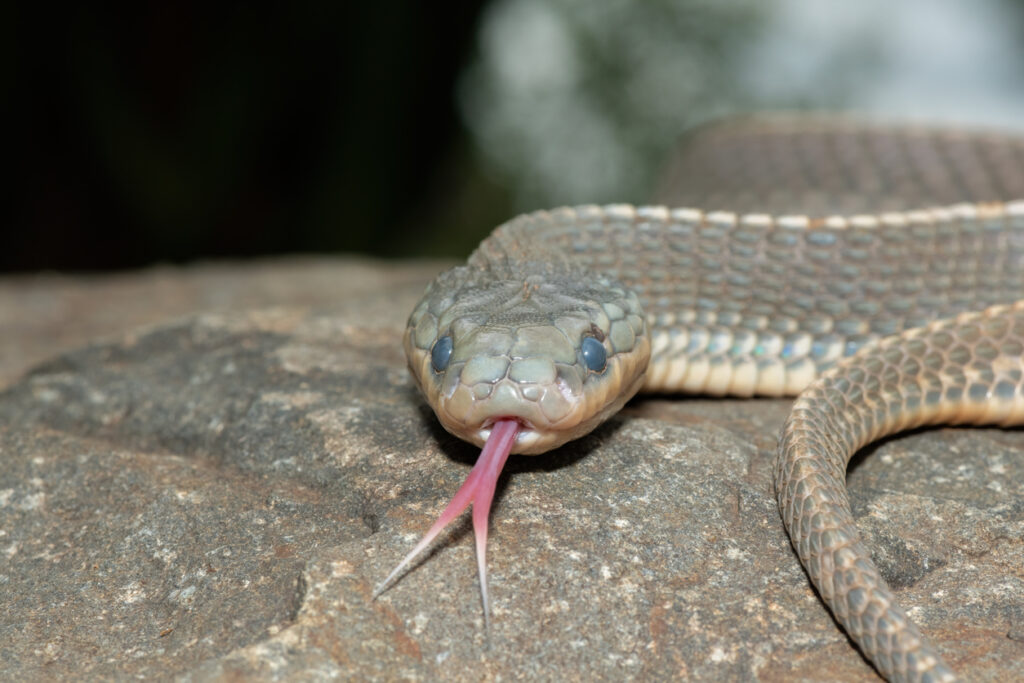
For a snake, tasting food isn’t as important as tasting the air. Their forked tongues flick in and out, gathering scent particles and delivering them to a special organ in the roof of their mouths called the Jacobson’s organ. This system allows them to detect prey, mates, and threats in their environment with incredible precision, almost like tasting the world around them.
When a snake bites into its food, taste isn’t the main concern—it’s all about swallowing it whole. While they do have some taste buds, they are far less developed than in humans or other mammals. Since snakes don’t chew, they don’t need to analyze flavors in detail. Their survival depends more on scent detection than on distinguishing sweet from sour. To them, taste is just an afterthought.
4. Chickens Have Fewer Taste Buds Than You Think—but They Can Taste Umami
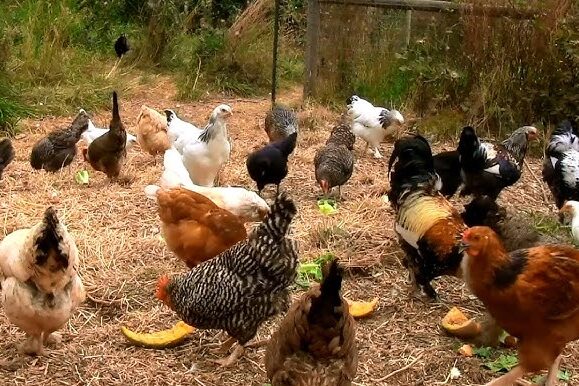
If you’ve ever watched a chicken peck at random bits of food without hesitation, you might assume they can’t taste much at all. In a way, you’d be right. Chickens have far fewer taste buds than mammals—while humans have around 9,000, chickens only have about 300. This means their ability to discern complex flavors is quite limited. However, they do have a strong sense of umami, the savory taste associated with protein-rich foods.
This makes sense when you consider a chicken’s diet. As omnivores, they eat grains, insects, and even small animals. Their umami receptors help them seek out nutrient-dense foods, even if they can’t fully enjoy sweet or spicy flavors like we do. They may not have a refined palate, but their instincts guide them toward what’s best for their survival.
5. Butterflies Taste With Their Feet
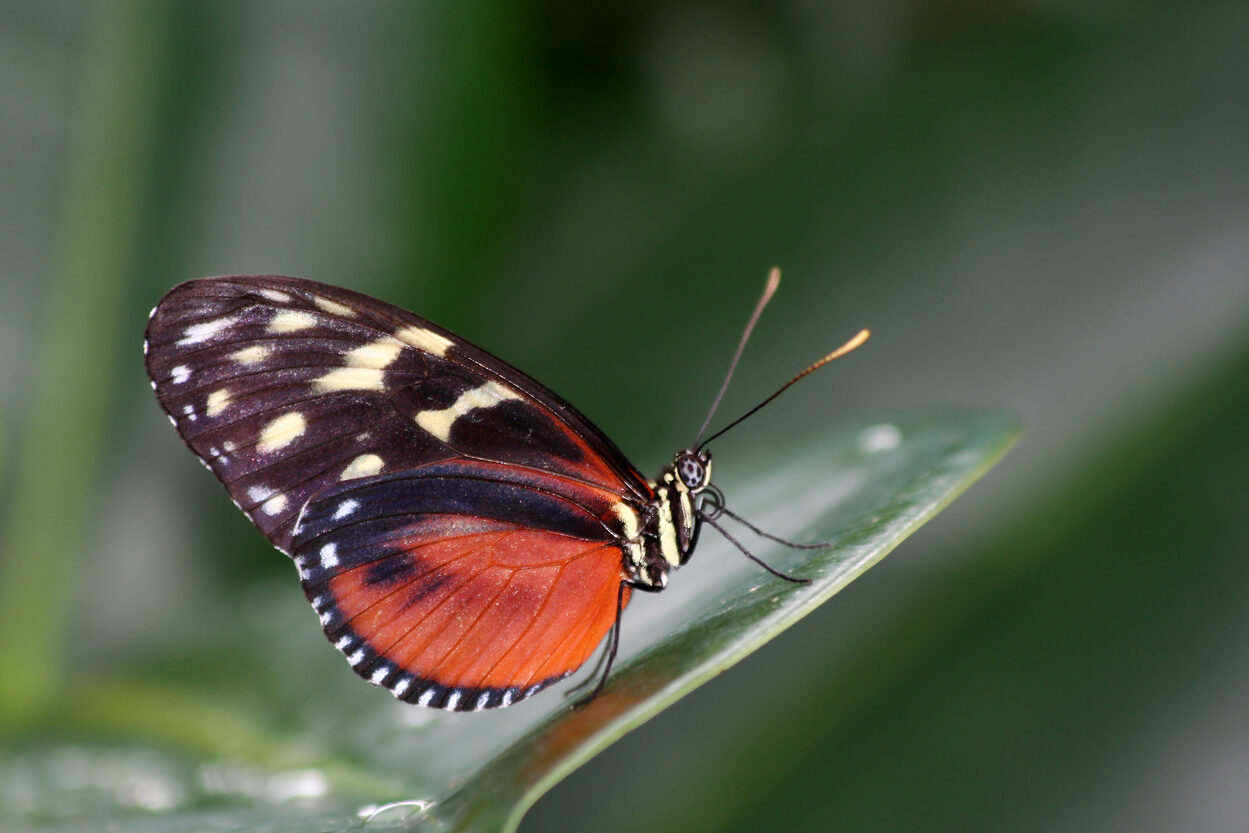
For most animals, tasting happens in the mouth, but butterflies experience flavor in a completely different way—through their feet. Their legs are covered in specialized taste sensors that help them detect the chemical composition of plants. When a butterfly lands on a leaf, it’s essentially “tasting” it to determine if it’s a good place to lay eggs. Since caterpillars are picky eaters, this ability ensures their offspring have the right food source from the moment they hatch.
This foot-based tasting method isn’t just for reproduction; it also helps butterflies find nectar. While their long, tube-like proboscis is used for sipping liquid food, their feet provide an instant analysis of whether a flower is worth their time. So, next time you see a butterfly delicately landing on a flower, remember—it’s not just resting; it’s having a little taste test.
6. Octopuses Have Taste Buds in Their Suckers
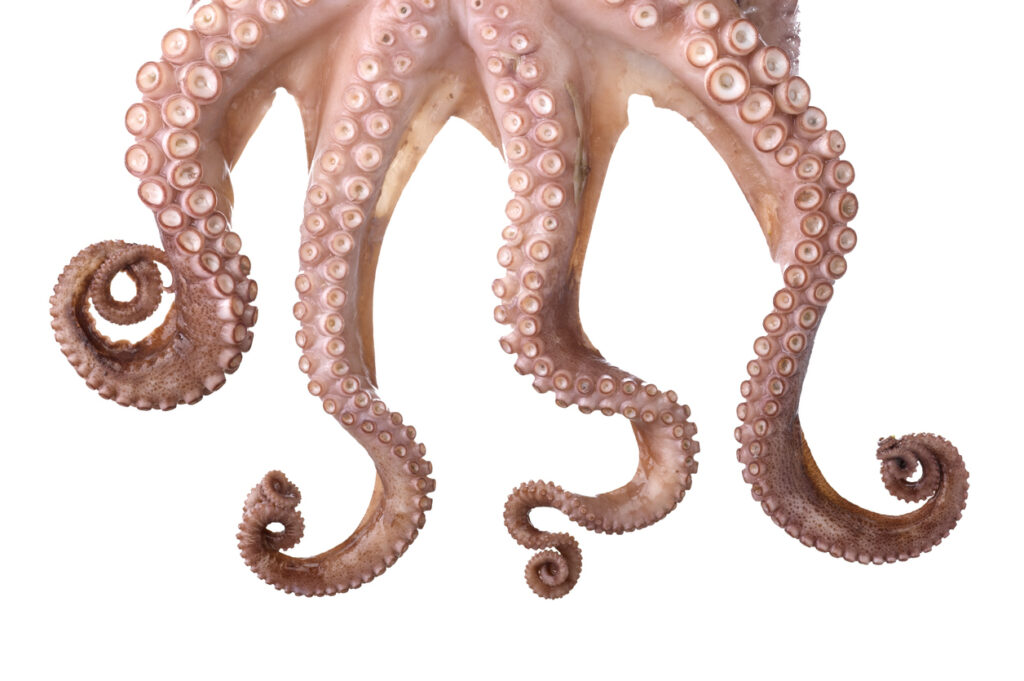
Octopuses are already known for their intelligence, but their sense of taste is just as fascinating. Instead of relying on their mouths, these creatures have thousands of specialized receptors in their suction cups, allowing them to taste whatever they touch. This ability is incredibly useful in their underwater world, where visibility can be limited, and food isn’t always easy to find.
By extending their arms and running their suckers over rocks, shells, and the ocean floor, octopuses can “taste” their environment before deciding whether to eat something. This unique system helps them locate prey hiding in crevices and avoid dangerous substances. It’s an entirely different way of interacting with food—one that turns every movement into a sensory experience.
7. Pandas Have Lost the Ability to Taste Meat

Despite belonging to the bear family, pandas have a diet that consists almost entirely of bamboo. Interestingly, this isn’t just a preference—it’s a biological change. Over time, pandas lost their ability to taste umami, the savory flavor associated with meat. While their ancestors were carnivores, their bodies gradually adapted to a plant-based lifestyle, making them one of the few bear species that don’t rely on hunting.
This evolutionary shift explains why pandas seem so content munching on bamboo all day. Without umami receptors, they don’t crave protein the way other bears do. Their digestive system still struggles to break down plant matter efficiently, which is why they need to consume massive amounts of bamboo to stay energized. It’s a strange case of evolution reshaping an animal’s entire dietary experience.
8. Bats Use Their Tongues to Savor Nectar
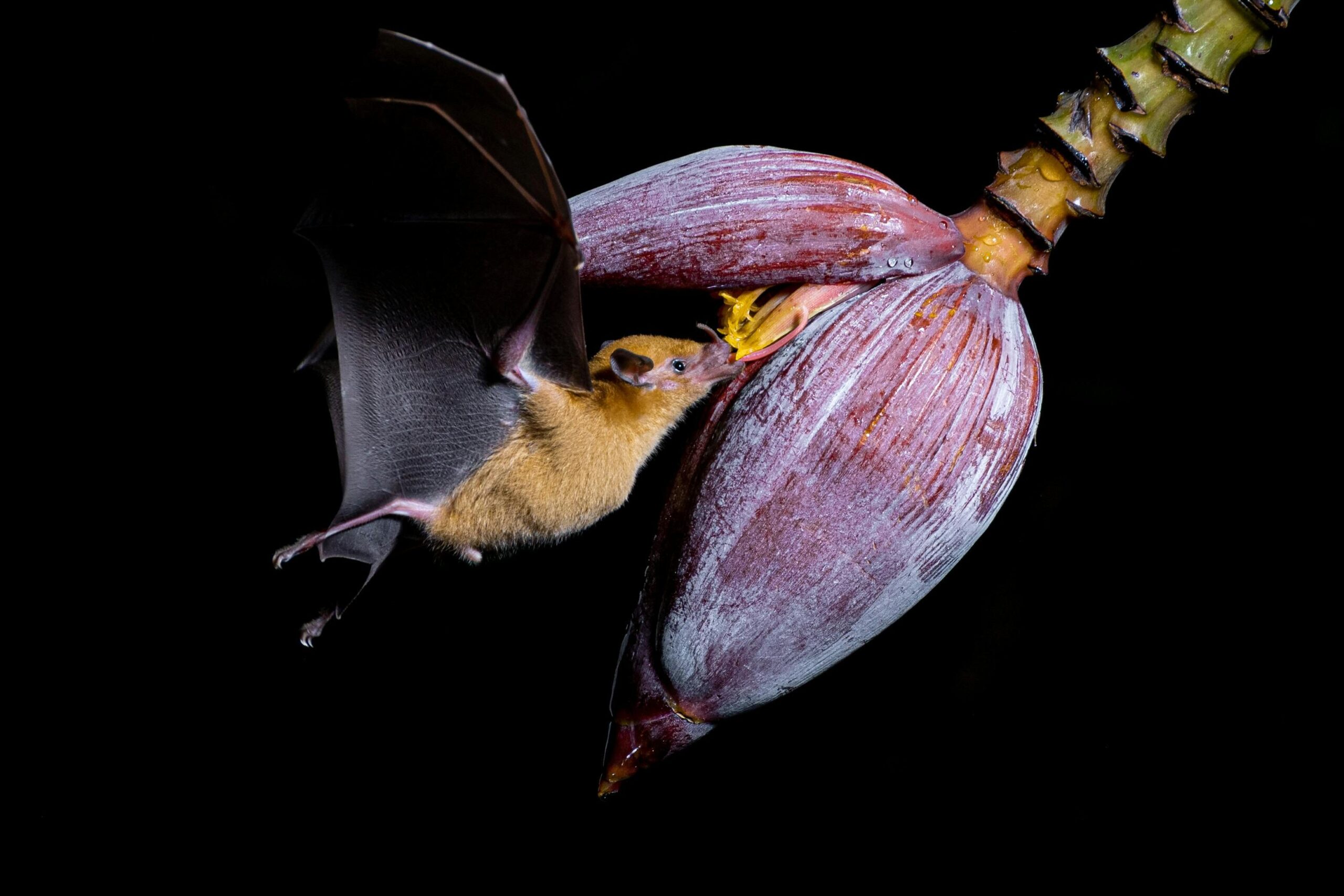
Bats come in many varieties, but nectar-feeding bats have some of the most specialized tongues in the animal kingdom. Their long, tube-like tongues are covered in tiny hair-like structures that expand when they touch liquid, helping them soak up nectar like a sponge. This allows them to gather food quickly, making them efficient pollinators in the process.
Unlike fruit bats, which rely on a mix of sweet and sour flavors to choose their meals, nectar bats have evolved a tongue that is more about function than taste. While they can likely detect sweetness, their main focus is on extracting as much energy-rich nectar as possible. This delicate balance between taste and feeding efficiency makes them one of nature’s most fascinating eaters.


